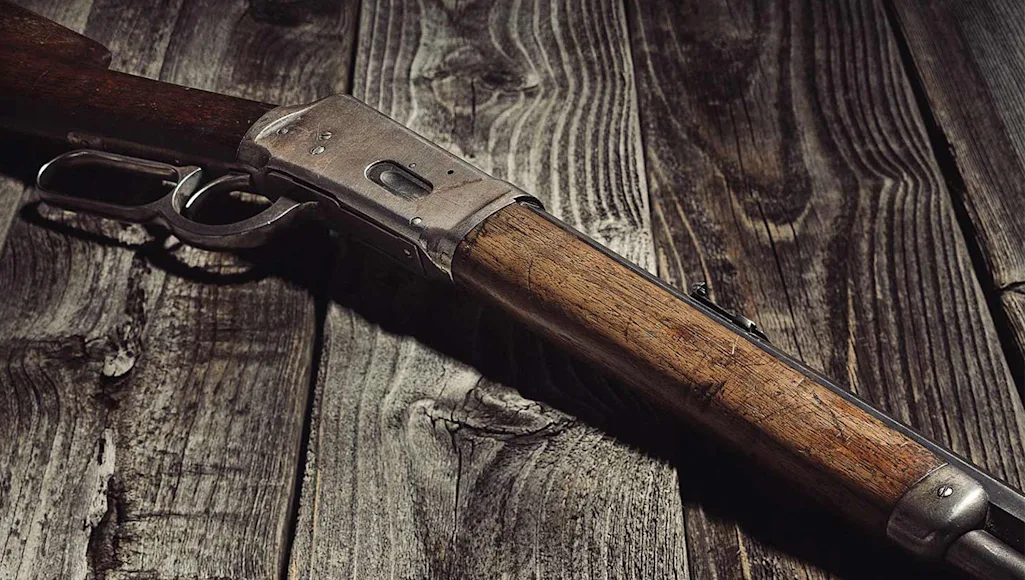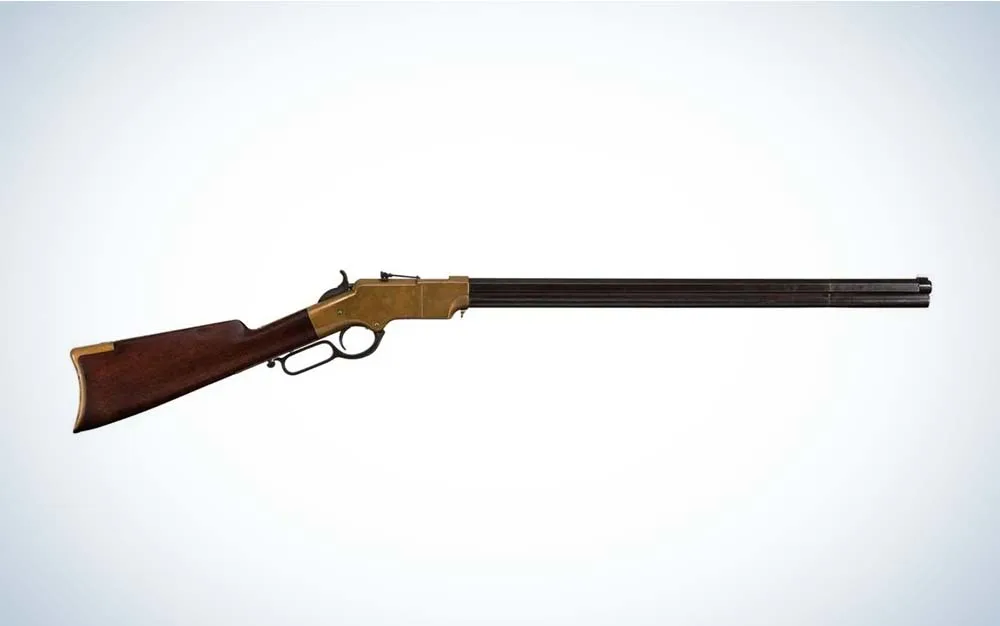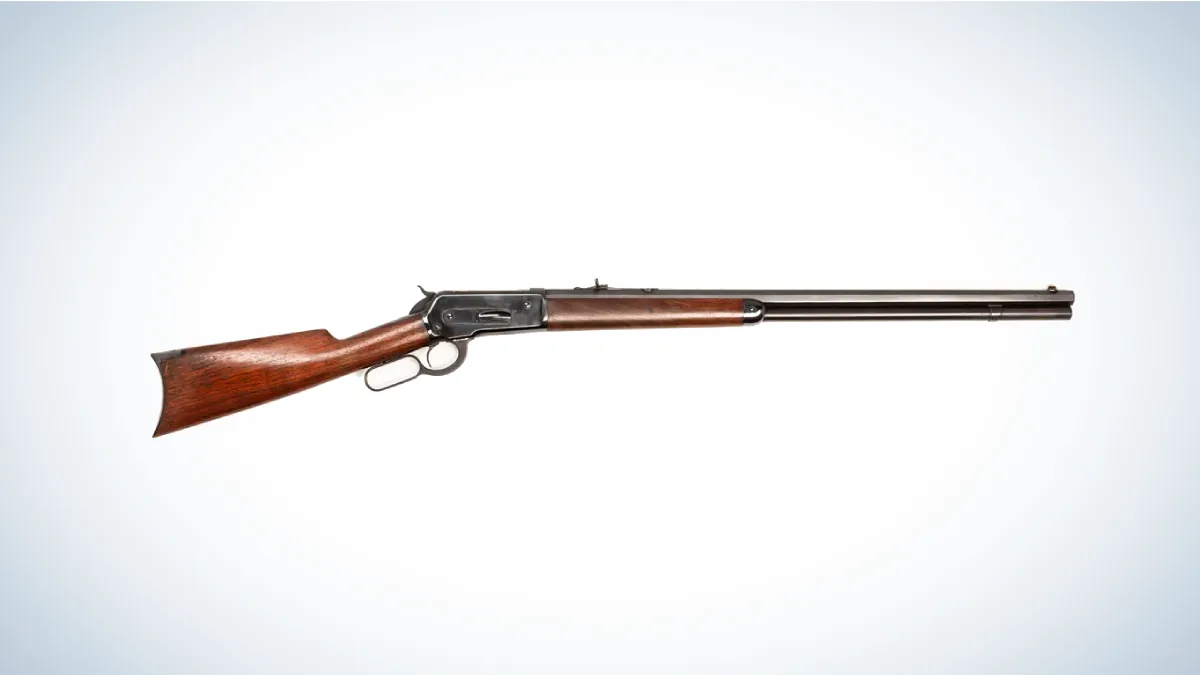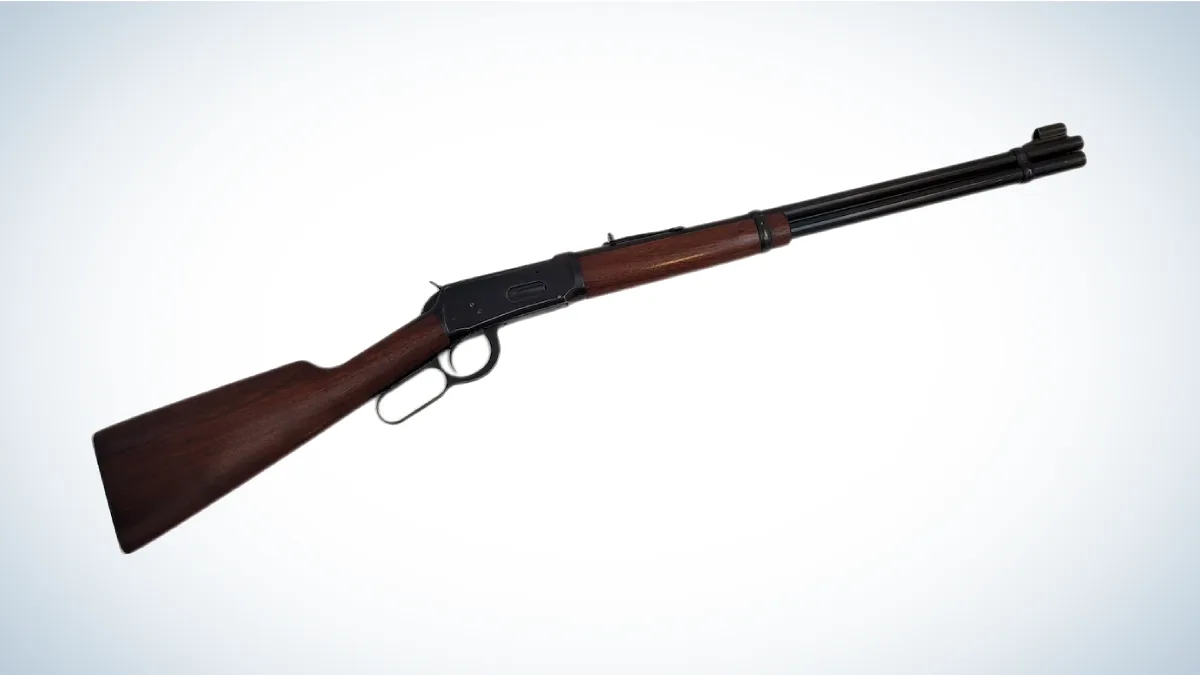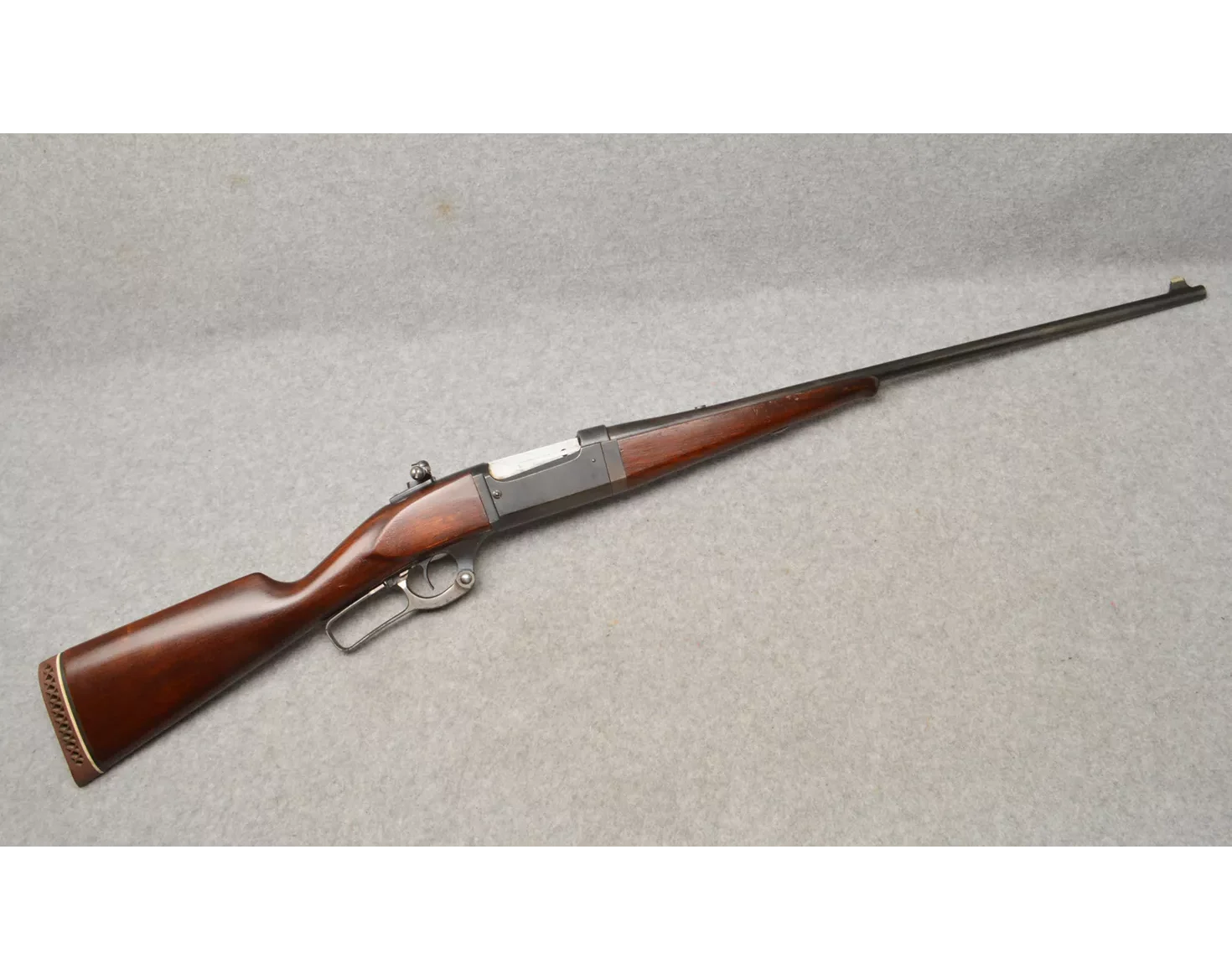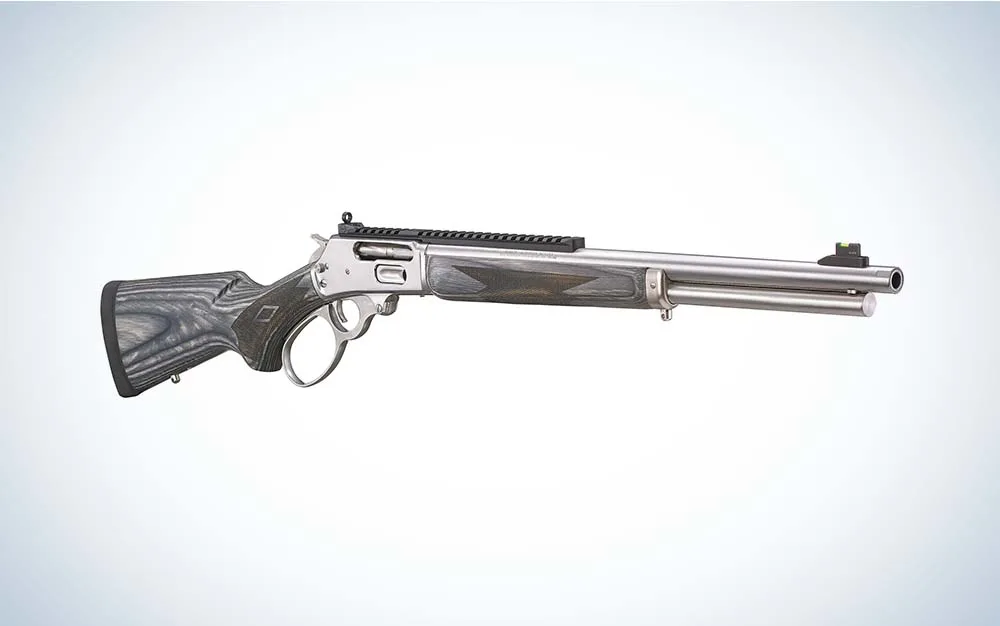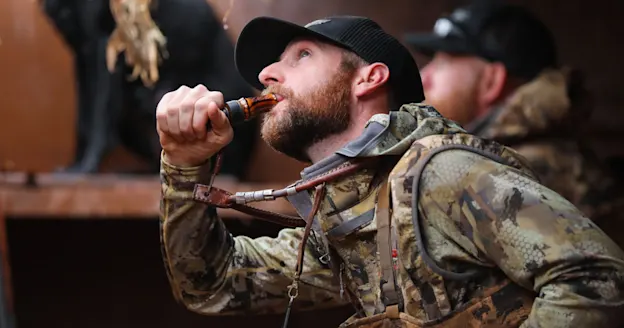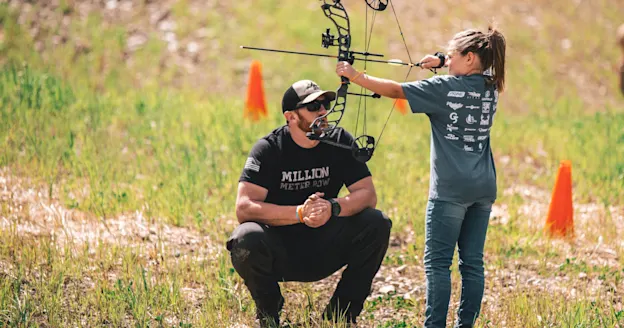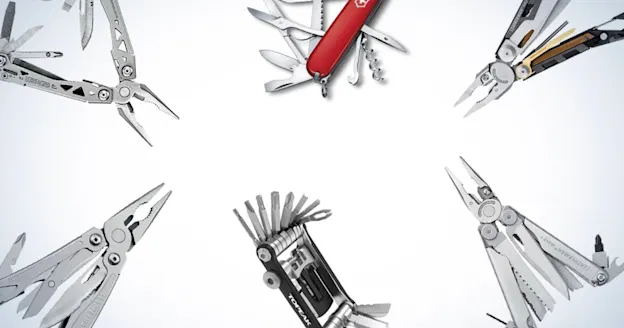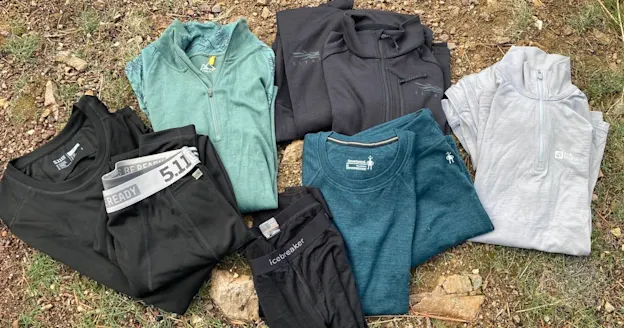We may earn revenue from the products available on this page and participate in affiliate programs. Learn more ›
_
Lever-action rifles are turning up by the scores in used-gun racks, their wooden stocks battered and once-blued steel worn silver. The grandfathers who used them are afield in happier hunting grounds, and the grandkids who would have gotten them either don’t hunt or prefer a precision bolt-action.
The time of the lever-action as America’s Number One Gun has passed.
But from 1861 to 1918—from the Civil War to World War I—we were a lever-gun nation. Lever-action rifles took us from the era of the muzzleloader to the modern bolt-gun. Nor have we forgotten that. There is still no shortage of people to whom “deer rifle” means “lever-action rifle.”
Cowboy Action shooters were behind Winchester’s re-introduction of the Model 1873 lever gun. Ruger just resurrected the Marlin Model 1895, and there are any number of custom shops who will build you a hot-rodded 1895 for a great deal of money. Lever-action rifles can shoot at long range, drop elephants, and print minute-of-angle groups. Doug Turnbull has transformed them into an art form with his magnificent restorations. And if you want an original lever gun, scars and all, you need only look to that used-gun rack.
The best lever-action rifles are neither gone nor forgotten. Here are the greatest models from the lever action’s Golden Age.
Best Lever Action Rifles Ever Made
The Henry Repeating Rifle
It arrived in time for the Civil War, and introduced the concept of fire superiority to the battlefield. In the hands of a skilled soldier, a Springfield Rifle Musket could get off three rounds per minute. The Henry Repeating Rifle, which held 15 copper (later brass) cartridges in a tubular magazine, could be fired 24 times in 60 seconds. This new lever gun was to the rifle musket as an M4 is to an ’03 Springfield.
The Henry was not robust, nor was it very powerful. It used a .44 rimfire cartridge whose realistic maximum range was perhaps 150 yards. But the Henry lever action could pour out the lead, and of the 8,000 or so that served in the Union Army, many were private purchase. The gun cost $40. A Union corporal made $13 a month. But the Boys in Blue were glad to spend the money. They had seen fire superiority at work.
(Today, Henry offers an updated version called The New Original Henry.)
The Winchester Model 1873

Winchester Repeating Arms has long billed the Model 1873 as “the gun that won the West,” and in this case, they may just be right. When the West really was wild, the Model 73 lever gun was the go-to rifle.
It was the direct offspring of the Yellow Boy, but the brass frame was replaced by a much stronger iron one, and the anemic .44 rimfire cartridge was succeeded by the more powerful centerfire .44/40. The .44/40 was a pistol cartridge, but that meant that you could carry both a Model 1873 and a revolver in that caliber and swap ammo without a care in the world.
In 1875, Winchester began the practice of selecting its most accurate Model 73 barrels and building guns around them with set triggers, extra-nice finish, and the engraved legend, “One of One Thousand.” These special-edition lever action rifles sold for $100, which is the equivalent of $2,300 today. In 1950, an A-list Hollywood western starring Jimmy Stewart was made entitled “Winchester 73.”
Over 720,000 Model 73s were made between its introduction and 1923, when it was finally discontinued.
(In 2013, Winchester reintroduced the Model 1873 lever gun to much fanfare and still offers new 1873s in a host of configurations.)
The Winchester Model 1886

The Model 1886 lever action rifle is a John M. Browning design, and it’s been called the American version of the British express rifle—a heavy, powerful gun designed to deliver crushing blows fast.
It’s also a prime example of the way firearms used to be made. Its mechanism has a glassy smoothness that you can find only in other firearms of the time and in hardly any modern ones at all. Although it came from a factory, the Winchester 86 was a handmade rifle.
Originally chambered in .45/70, .45/90, .40/82, and the .50/110 Express, the Model 86 later transitioned to smokeless cartridges, most notably the .33 WCF. The locking-block action was more than strong enough; all that was needed was a nickel-steel barrel.
The Model 86 lever gun stayed in production from 1886 to 1935; 160,000 were made. Teddy Roosevelt owned one and loved it. So did a lot of other people. (Winchester reintroduced the Model 1886 in 1998.)
The Winchester Model 1894
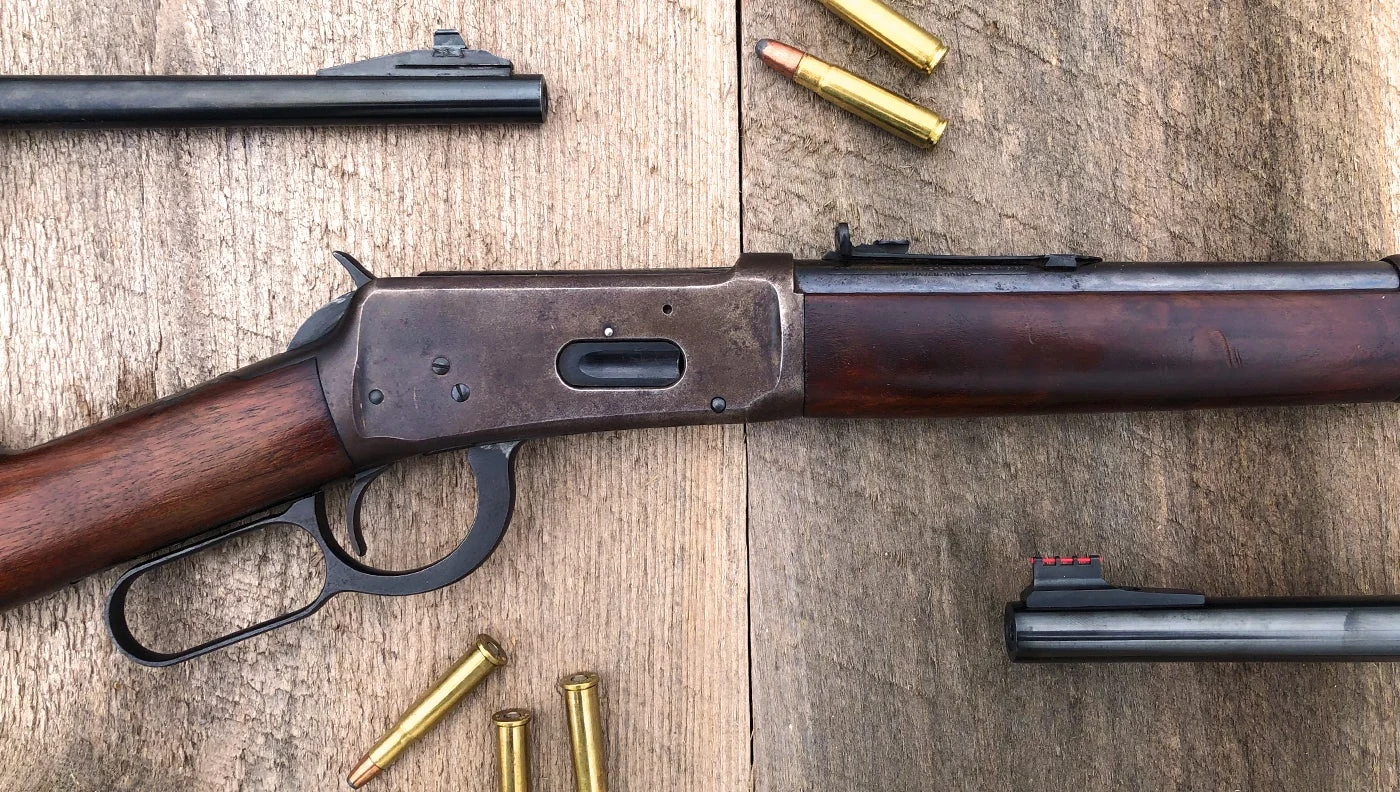
Here is a lever action rifle of superlatives. “Model 94” is practically synonymous with “deer rifle.” Another John M. Browning design, it was originally intended as a black-powder lever gun, but when it came into production in 1895, it was chambered for the brand-new smokeless .30 WCF (later called the .30/30), and the two became synonymous.
The Model 94 was short, handy, light for its time, carried nicely in the hand, snaked in and out of a saddle scabbard, fired fast, was dead reliable, and kicked very little. It was not all that accurate, but in those times, no one cared. Nor could it accept a scope; but this was in the era before scopes.
So popular was the Model 94 that it was the first commercial sporting rifle whose sales exceeded 7 million. Winchester produced it until 2006, reintroduced it in 2010, and currently offers eight versions of the 94. Fitted with good iron sights, it’s still a terror to deer everywhere.
The Savage Model 99
If ever there was a rifle that was ahead of its time, it’s Arthur Savage’s hammerless masterpiece. Because of its rotating-spool magazine (later changed to a detachable box), this lever gun could use spitzer bullets rather than flat-points, greatly extending its range. It had enough strength to handle modern, high-intensity cartridges. It had a good trigger. It ejected to the side, not up, so you could mount a scope on it. It was dead reliable and, for a lever-action rifle, accurate.
The Savage Model 99 was chambered for a wide variety of cartridges, and I’d guess that most rifles were sold in .300 Savage, which is very similar to the .308. However, the round that brought the 99 to glory was the .250/3000 Savage, which fired an 87-grain bullet at the then-unheard-of velocity of 3,000 fps.
The 99 had a long and glorious run, lasting from 1899 to 1998. Today, they’re becoming available in all calibers, models, and conditions. If it were me, I’d look for a rotary-magazine model in nice shape, chambered for the .250/3000. It was a jewel when it was made, and it’s still a gem among rifles.
The Marlin Model 1895

Is there a stranger story than that of the Model 1895, the Rifle that Will Not Die? I doubt it. This lever gun has had four incarnations: The first, which appeared three years before the turn of the 19th century, was a good, solid lever-action rifle that never really caught on. It ran for only 22 years and only 18,000 were made. Incarnation Number Two came in 1972, when Marlin reintroduced a version based on the Model 336 frame, and chambered it in .45/70. This coincided with a resurgence of interest in the ancient cartridge. People were discovering that it could drop deer with dispatch and very little recoil, or you could load it up to near-.458 levels. In 2006, Hornady came out with its plastic-tipped LEVERevolution ammo that enabled you to use spitzer bullets in a tubular magazine, and turned a 150-yard lever gun into a 300-yarder.
Then came the customized 1895s, of which there were 10 in the Marlin line until Remington, its parent company, went under. There remain, however, a number of independent custom gunsmiths who specialize in turning Model 1895 lever guns into objects of wonder. Now, Ruger, having bought what was left of Marlin in 2020, has turned out a 2022 version of the 1895 SBL, to rave reviews.
Why Trust Us
For more than 125 years, Field & Stream has been providing readers with honest and authentic coverage of outdoor gear. Our writers and editors eat, sleep, and breathe the outdoors, and that passion comes through in our product reviews. You can count on F&S to keep you up to date on the best new gear. And when we write about a product—whether it’s a bass lure or a backpack—we cover the good and the bad, so you know exactly what to expect before you decide to make a purchase.

